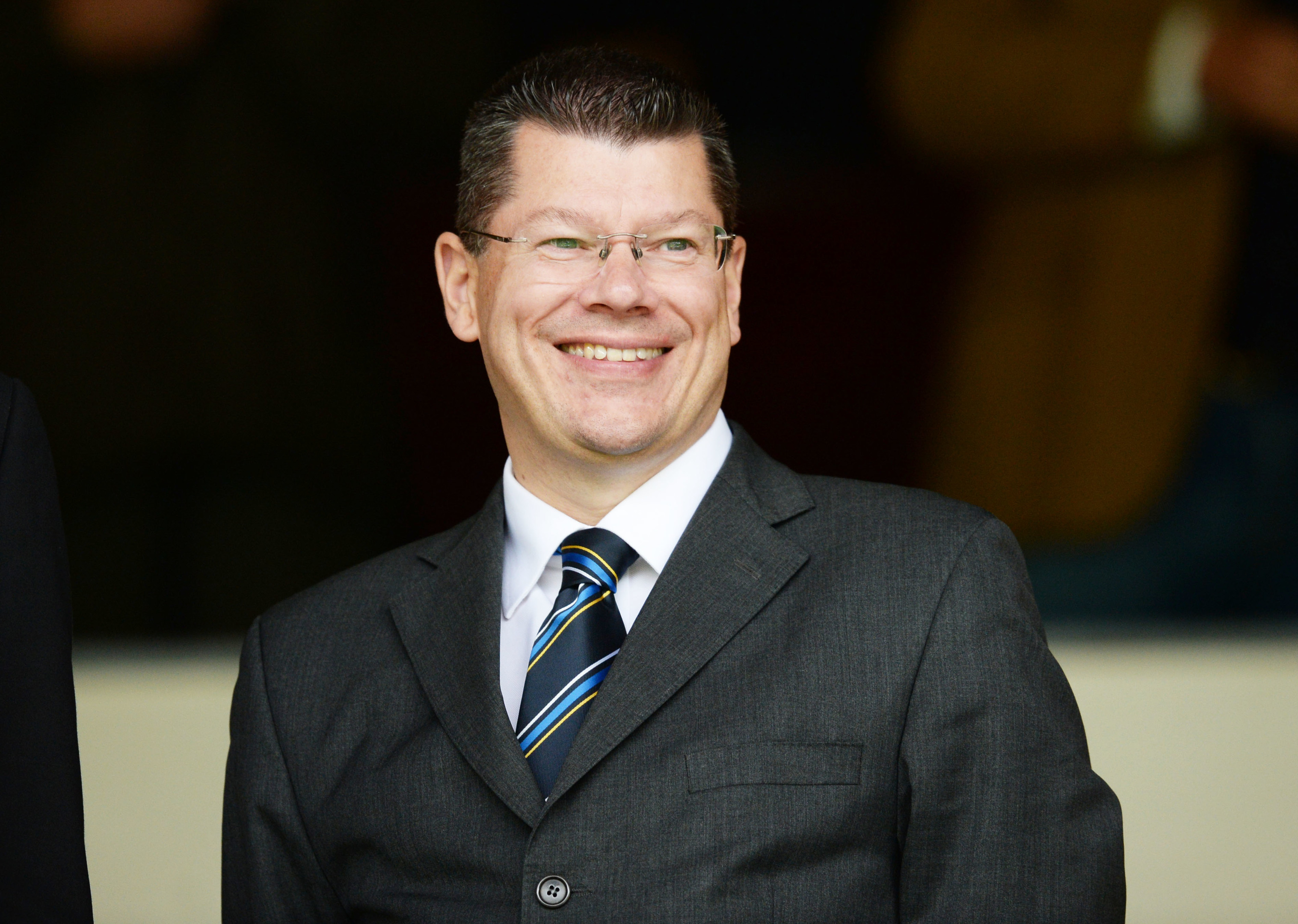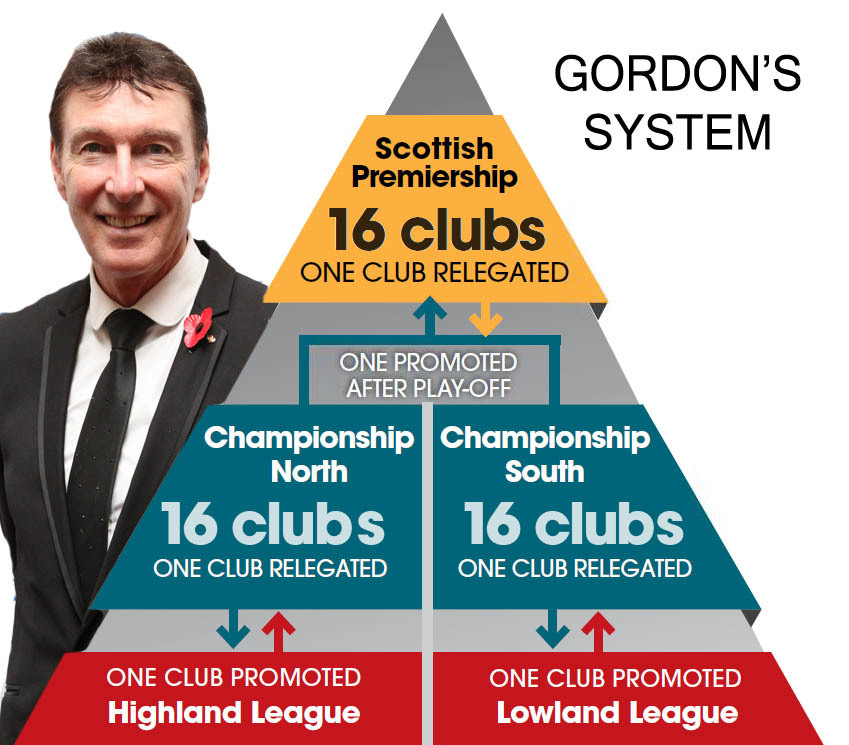
LEAGUE reconstruction is under way.
Discussions are ongoing with a view to change and, as I understand it, those arguing for a return to a 16-team top flight have won the day.
With the high-profile support of men like Rangers manager Mark Warburton, I now believe it is going to happen.
The key was the announcement of the revamped League Cup. As soon as we learned clubs were going to gain a couple of extra games from that, I knew it was the prelude to a bigger league.
A top 16 means a 30-game season. That’s a loss of eight fixtures from the current set-up, where 12 teams play each other three times each before splitting into two sixes for a final round of games.
There are enough good teams to support this number.
Outside the current Premiership right now we have Rangers, Hibs and Falkirk. St Mirren, Ayr Unitedand Dunfermline have all also been Premier League teams.
And there’s a big advantage to the switch. It is better for everyone just to have teams playing each other twice.
It’s ridiculous to have Rangers and Hibs meeting four times, as has happened this season, before we are into the New Year.
You need time to build up anticipation ahead of games, otherwise there is a real danger of boredom setting in.
The flip side, of course, is that television companies want to show derby matches because they know they are very popular with their audiences.
None more so than the Old Firm games. These clashes are relished all over the world.
With Rangers currently sitting on top of the Championship, there is a very real chance we will have these games to look forward to again from next season.
And, of course, broadcasters would want to have at least four of these a year to screen, pretty much indefinitely.
While you can’t run the national game to suit others, clubs have to accept the reduction of numbers of the premium fixtures could hit the amount of cash we can bring in from any future TV deals.
Personally, I believe an opportunity has been missed, that we should have taken the chance to move to the Swiss-Austrian model where we have two top-team leagues of 12 split into three of eight after 22 fixtures.
The middle league then starts from zero points to determine over 14 games (teams playing each other home and away) to see which four start in the top flight the following season and which four the bottom.
From experience of playing in it, I can testify it is a very exciting format.
But the decision has been taken for 16, and I would ask the authorities to consider my plan to expand the SPFL to allow two other 16 teams leagues below that.
These I would organise on a regional basis, to give a North Championship and a South Championship.
To do this would require the addition of six new teams. Here I would suggest we allow half-a-dozen of the country’s biggest clubs to introduce a B team.
Which ones? A fair way to choose would be to look to the top teams in the Under-20 Development League.
If it was to be done right now, then in the South it would be Celtic, Rangers and Hamilton Accies. In the North, Aberdeen, Inverness Caley Thistle and St Johnstone.
As per the rule in Spain and Germany, these B teams would never be allowed to play in the same division as the club’s A team. So if the A team was relegated, then the B team would have to drop out of the league too.
At the end of the season, the respective winners of the North and South Championships would play off, with the winners replacing the club who finished bottom of the Premiership.
At the end of each season, the clubs outwith the top flight would be divided on a geographical basis.
Complications with that may be unavoidable, with clubs on the threshold of the north/south divide possibly facing more travelling that they would like.
But, overall, the system I have outlined has the benefit of giving fans more derby matches to watch, and cutting down travelling costs for the clubs themselves.
HOW IT WOULD WORK

HAD Gordon’s system been in place at the end of 2015, Rangers, Hibs, Falkirk and Raith Rovers would have been playing with the current top 12 in a new Premiership set-up.
The two other divisions would be:
CHAMPIONSHIP NORTH – Elgin City, Peterhead, Montrose, Arbroath, Brechin City, Forfar Athletic, Cowdenbeath, East Fife, Dunfermline Athletic, Alloa Athletic, Stirling Albion, Stenhousemuir, Livingston, Aberdeen B, Inverness Caley Thistle B and St Johnstone B.
CHAMPIONSHIP SOUTH – Annan Athletic, Berwick Rangers, Stranraer, QOS, Ayr United, Queen’s Park, Clyde, Morton, Dumbarton, St Mirren, Airdrie, Albion Rovers, East Stirling, Celtic B, Rangers B, Hamilton Accies B.

Enjoy the convenience of having The Sunday Post delivered as a digital ePaper straight to your smartphone, tablet or computer.
Subscribe for only £5.49 a month and enjoy all the benefits of the printed paper as a digital replica.
Subscribe